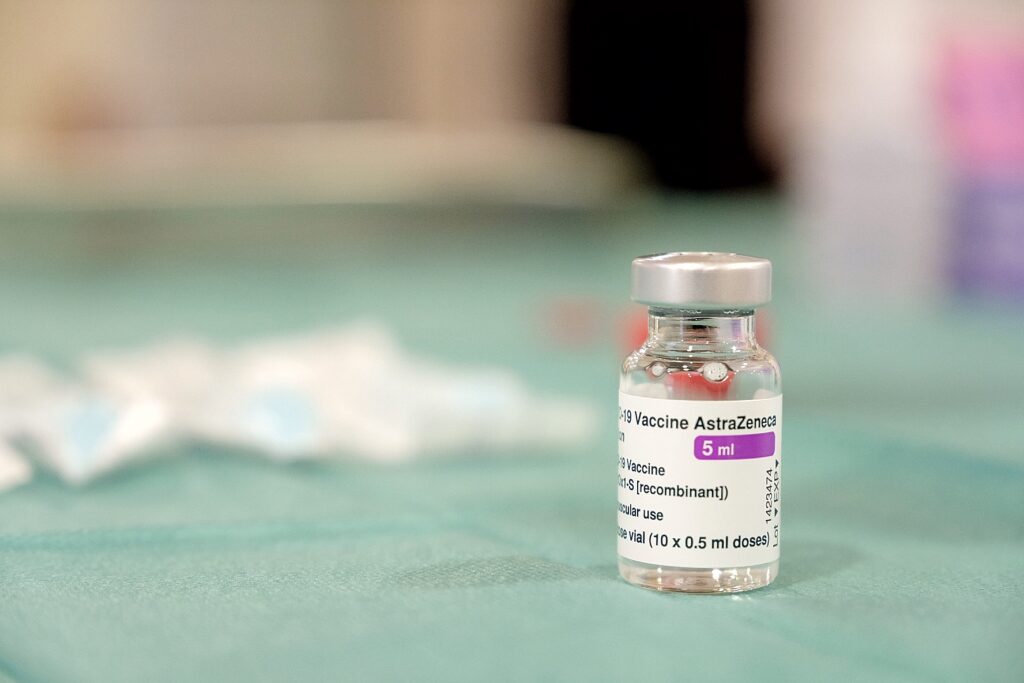Starting at the end: if I had the opportunity to get the AstraZeneca or Janssen vaccine, both associated with rare blood clotting problems, I would take it today without hesitation.
I am 44 years old, younger than that indicated in Portugal for taking any of these vaccines, and a low risk of exposure to the virus.
Does this mean that I am convinced that these vaccines do not increase the risk of these blood clotting problems? No. According to known data, this increased risk seems real.
The point is, even so, the risk of adverse effects remains extremely low, being largely outweighed by the benefits of preventing a disease with a risk of far greater complications.
There are two reasons why many countries have restricted the application of these vaccines to older people only. The first is that the risk of occurrence of clotting problems is greater in younger people. And the second is that the risk of serious illness or death is greater in older people.
But let's go to numbers and start with the vaccine of AstraZeneca. Second an analysis of the University of Cambridge , in the United Kingdom, for people between 60 and 69, the incidence of serious problems associated with the vaccine is 0,2 cases per 100 doses administered.
That is, one serious adverse reaction (which does not necessarily result in death) for every half a million people immunized.
For the same age group, and considering a population at low risk of infection, every four months 14,1 people per 100 inhabitants are admitted to intensive care (considering the incidence of covid-19 in the United Kingdom in early April 2021 ).
If we consider people at medium risk of exposure, the number of hospitalized in intensive care is 41,3 per 100 inhabitants. And 127,7 per 100 inhabitants, in the case of people highly exposed to the infection. The balance is always positive. The greater the risk of infection and the age, the more favorable it will be.
Even for people between 30 and 39 years old, with a low risk of infection, it compensates: 0,8 adverse reactions compared to 2,7 admissions to intensive care per 100 inhabitants.
It is only unfavorable in the group between 20 and 29 years (the youngest in the sample): 1,1 adverse reactions and 0,8 admissions to intensive care per 100 inhabitants.
In the case of the vaccine of Janssen, according to data from the US Centers for Disease Control, in 8 million doses administered there were 15 adverse cases. In other words: one in every 536 thousand vaccinations.
It is difficult to estimate how many lives are saved by vaccinating 8 million people, as this depends on the prevalence of the virus in the population and the probability of infection, as well as the responsiveness of health services (there is greater lethality in situations of overcrowding).
But given the pandemic's historical record, it's safe to say that vaccinating 8 million people saves many thousands of lives at the expense of 15 adverse reactions.
It seems clear that the benefits of these two vaccines outweigh their low risks. If the incidence of covid-19 drops significantly, and the risk of infection too, the situation will be different.
But vaccination greatly contributes to the sustained reduction of cases, so the two things are intertwined.
Of course, if it is possible to immunize the younger population without resorting to AstraZeneca and Janssen vaccines and without delaying the vaccination process, an already very low risk will be further reduced.
This must be a fundamental objective: not to delay vaccination, as reducing the number of infected is crucial to slowing the appearance of new variants, which could be problematic.
Author David Marçal (Biochemist) – Doctorate from Universidade Nova de Lisboa. Biochemist and Science Communicator.
He is the author of several books, shows, television programs and hundreds of articles in the media about science. He teaches science communication at Universidade Nova de Lisboa.
He was distinguished with the Young Chemists (from the Portuguese Chemical Society), Ideias Verdes (from the Luso Foundation and the Expresso newspaper) and COMCEPT (from the Portuguese Céptica Community) awards.





















Comments